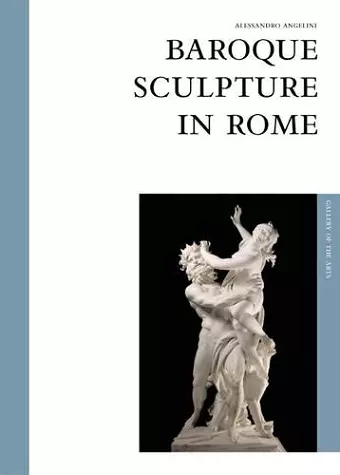Baroque Sculpture In Rome
The Art Gallery Series
Format:Hardback
Publisher:Five Continents Editions
Published:1st Jan '99
Currently unavailable, and unfortunately no date known when it will be back

On the whole, when one thinks of seventeenth-century sculpture in Rome, one has in mind the wonderful and famous works of Gian Lorenzo Bernini, such as the Fountain of the Rivers or The Ecstasy of St. Theresa. The very idea of Roman baroque is commonly identified with the century's great genius. And indeed, the influence of Bernini's work on the sculpture and art in general of the period was, especially in Rome, decisive. However, this domination spread only during the second half of the seventeenth century, and less unequivocally than one might suppose. Other great sculptors, with personalities that were often very different form Bernini s, contributed to making the extraordinary proliferation of Roman statuary extremely complex and varied at that time. This book is aimed especially at students and museum visitors who would like to learn more about the topic and discusses the art in a straightforward and strictly chronological fashion. The narrative begins in the early decades of the seventeenth century with sculpture created by a motley and conspicuously cosmopolitan group of artists. Later, with the growing success of the great masters, commissions began to gravitate around Bernini, Alessandro Algardi, and Francois Duquesnoy. A new approach to Antiquity went hand in hand with a marked predilection for striking chromatic effects, borrowed from Venetian painting, and a desire to make a strong impact and achieve a particular tone, often with results of surprising originality. Taking the most up-to-date and best founded historiographic observations on the subject we have tried to highlight the workshop relationships between the great masters and the giovani, their pupils or occasional assistants, and in this way put into relief the experimental approach of some of these apprentices, such as Melchirro Caffa or Antonio Raggi, or the ability of certain others, for instance Ercole Ferrata, to fuse the most diverse influences. The book thus aims to show how marble and travertine were used throughout the century to create a whole army of statues that were positioned in the open and in churches, lending modern Rome its truly incomparable new face.
ISBN: 9788874391189
Dimensions: unknown
Weight: unknown
172 pages